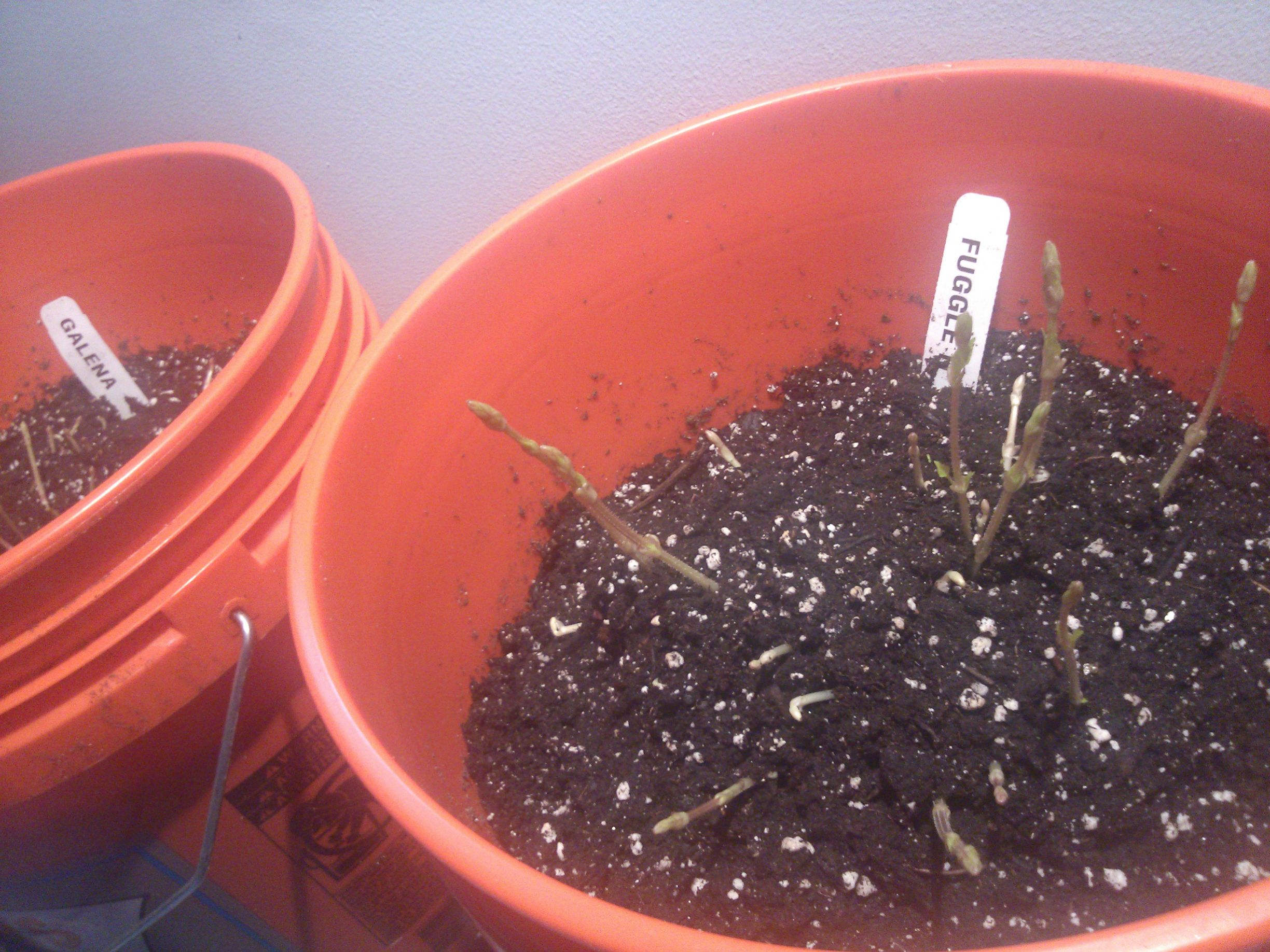Yes and no.
It comes down to what you're trying to accomplish.
Generally those selling plants (High Hops is one, Great Lakes Hops is another.) have taken and rooted softwood-cuttings from mature plants (that may or may not be virus/disease-free) and grown them on to produce an entirely new plant. This process ~generally~ takes on the order of several months, but is also variety dependent. That is to say, some varieties seem to root and form a new crown and rhizome structure much easier than others, but some also seem to root even easier and take longer to form those same structures.
Rhizomes are essentially the same idea, only it's coming from an entirely different region of growth. A rhizome has active sites (buds) along the stem that are dormant until its growth is triggered.
Pros-
Plants have generally formed the crown and rhizomes, have generally been vernalized (this is a cold-treatment that induces flowering the following season), have had a period of dormancy that produces vigorous growth (plants need rest too!), have an established root system, and likely flower the first season. Also, the likelihood that your plant survives is much greater than a rhizome.
Rhizomes are cheaper, and have undergone the same period of cold-treatment that promotes both dormancy and vernalization. (This allows vigorous growth and flowering.)
Cons-
Plants are more expensive, they will generally suffer transplant shock (depending on when you're planting), and you still won't receive a full yield the first season.
Rhizomes generally don't grow large enough in one season to flower (a certain amount of growth is necessary to flower), they also need to establish a root system and grow shoots (bottom and top growth), and you likely won't receive a full yield until the third season. Rhizomes are generally planted two to a hill, this generally ensures that you receive at least one plant later on.
Things to keep in mind-
Always buy from a reputable source, rhizomes are not always checked for disease and pests, which can pose issues for you later on. Do the same for plants, and pests can easily transmit diseases and viruses among plants.
Keep costs in mind, you may have to buy more rhizomes than plants, so weigh your options.
Either way, you likely won't receive a full crop, so don't worry if you don't get much in your first season.
Feel free to ask any other questions, I hope I was able to help.
PBJ





 :rockin::rockin:
:rockin::rockin: